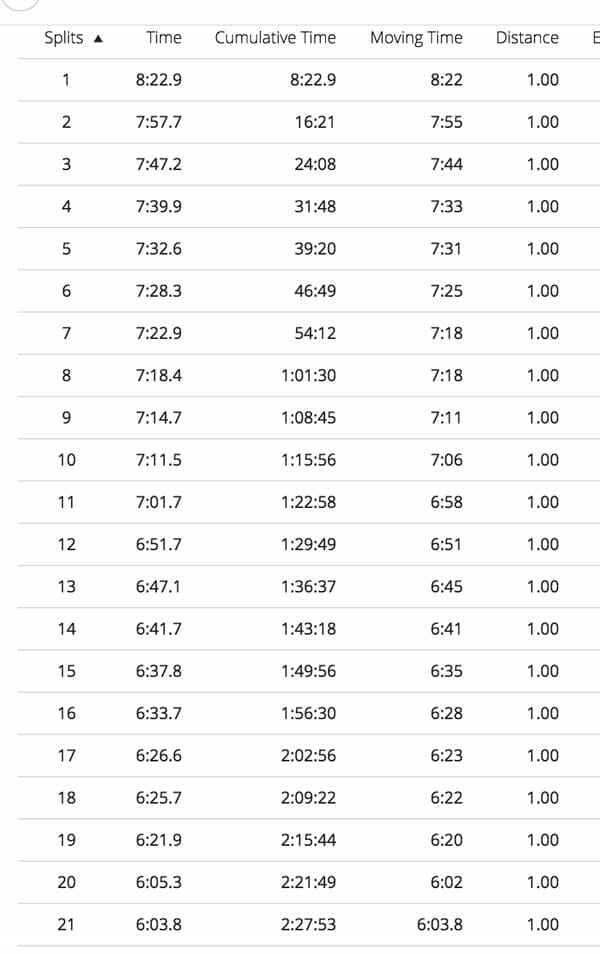I found that progressive runs are extremely helpful for three primary reasons:
- We know that warming up the muscles by starting out slowly not only decreases your risk of injury but also ‘primes’ the physiological pathways that will be used in faster running. If you push too hard before the appropriate energy delivery systems are ready for the effort, then you will stress the anaerobic systems unproductively.
- Correctly incorporating progressive runs across training cycles allows you to increase the volume of faster, stamina-type training, with very little fatigue when compared with other stamina training for runners.
- The progressive runs have helped me a great deal to improve my running by increasing my mental strength, specially my concentration. Teaching the body to run with increments in speed pushes me to remain focus on my pace, which is pivotal at the end of a race.
Progressive runs can be easy, strenuous or a mix of both. For example, in my case an ‘easy progressive run’ is running 8 miles staring at a pace of 8:50 minutes per mile and finishing at a 7:20 pace. This is considering that my marathon pace is 6:40. Hence, finishing your ‘easy progressive run’ 40 seconds above your race-pace is a good way to establish a training standard for yourself.
When it comes to a ‘strenuous progressive run’, I am looking at running 8 to 12 miles beginning at 8:00 minutes per mile and finishing my last mile around 6:10. The last-mile pace of my ‘strenuous progressive run’ was my latest half-marathon race-pace.
Finally, a mix of easy and strenuous progressive runs often can be incorporated into long runs. We are talking about running anywhere between 16 to 20 miles. In which I begin with my slowest easy run pace (8:50 minutes per mile) and slowly begin to go faster with each passing mile. On average, I try to run each mile 10 seconds faster every time. So if I have to run 16 miles, the first 8 or 9 miles I am within my easy pace times and the last miles is where the real effort begins.
Recommendation:
Don’t do a progression run on the day after your long run. Once more accustomed to progression running, then you can begin to include more in your weekly schedule based on your experience level, training frequency and training phase.
Example of a long Progressive Run

[wp-rss-aggregator]



The article was very useful and interesting to know. Thanks!